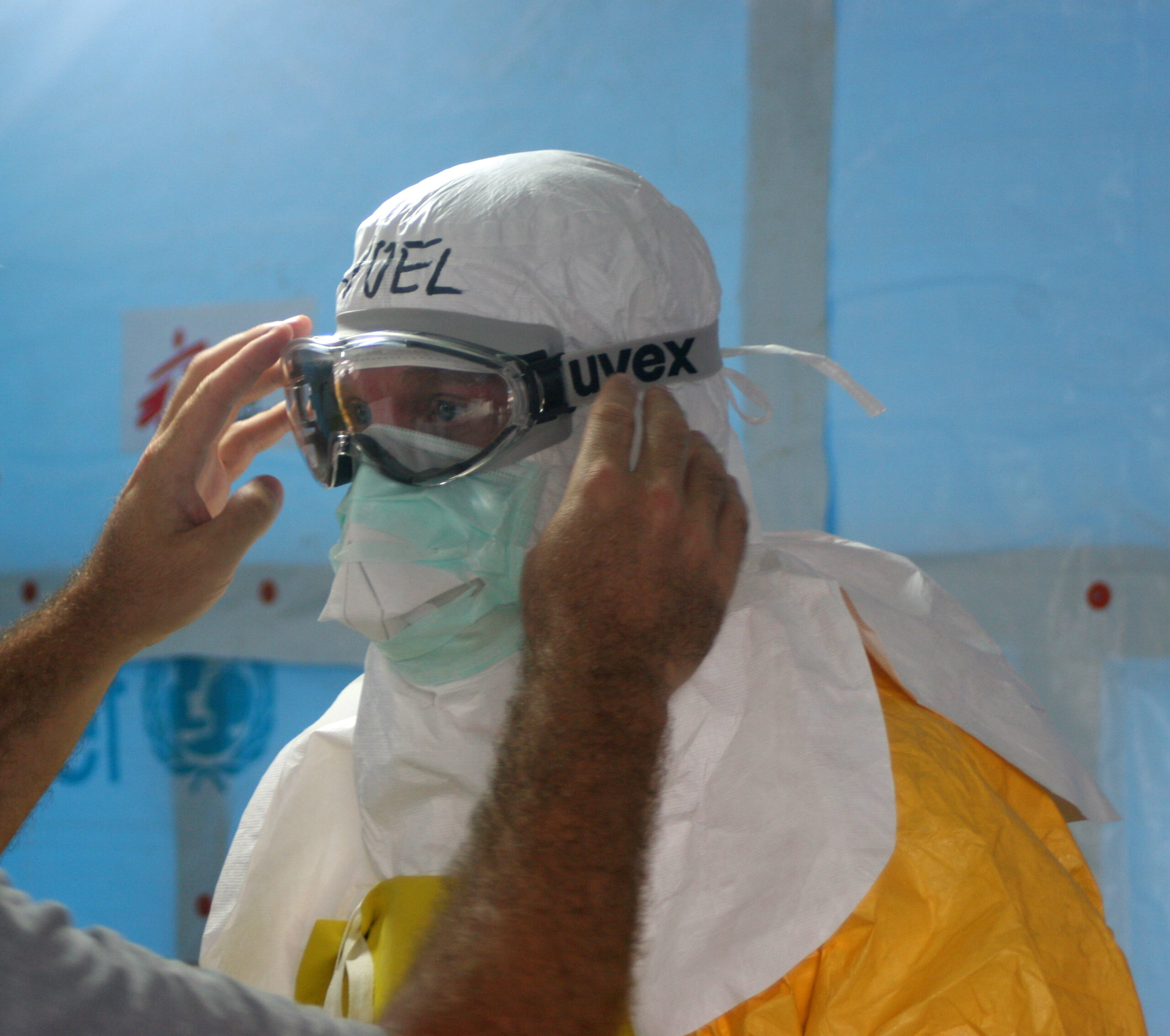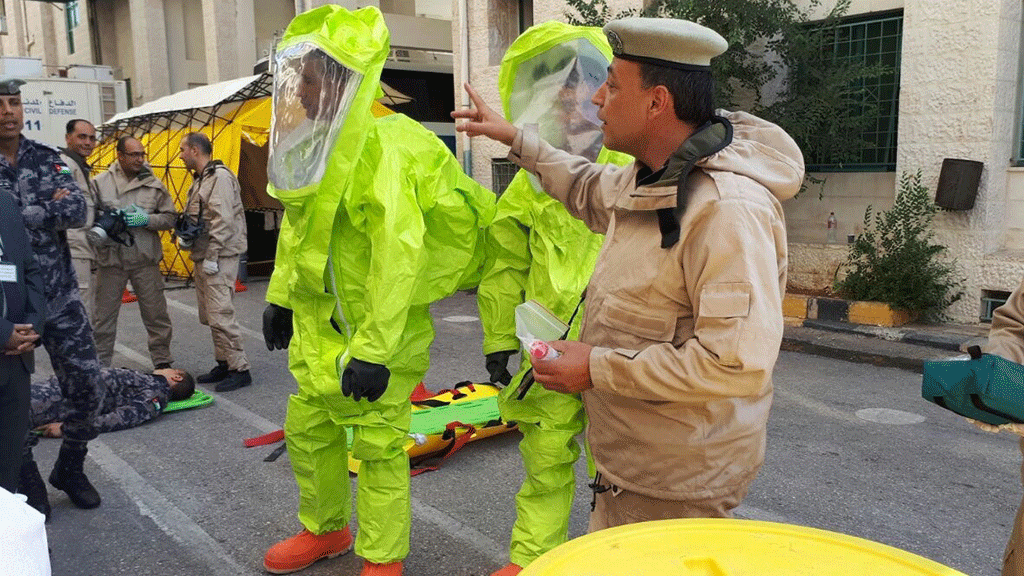Natural Infectious Disease Outbreaks: People’s Bravery and Hope for the Future

At the forefront of 2014’s Ebola outbreak that spread fear throughout Africa and the world, Médecins sans Frontières (MSF) warned: “We are facing an epidemic of a magnitude never before seen in terms of the distribution of cases in a country.” Ebola was confirmed in Guinea and Liberia and quickly spread to Sierra Leone. What was different this time compared to previous Ebola outbreaks in other parts of Africa? For starters, Ebola was not contained to a rural area. Instead, West Africa was facing cases spreading in the city of Conakry, the largest city in Guinea, which meant that the contagious and infectious disease could spread rapidly. And as we know, it did. The spread of Ebola saw West African nations and the international community struggling to determine the best course of action. Responses varied from nation to nation and even at international institutions it appeared that the protocols in place were woefully inadequate to address an international infectious outbreak.
Is History Once Again Repeating Itself?
Although on a much smaller scale, South Korea is now struggling with a MERS-CoV outbreak. First appearing in Saudia Arabia in 2012, it is now present in South Korea (153 cases) and China (1 case), where it was brought to the region by someone who traveled to the Middle East. As people in South Korea have begun to counter the spread of the disease, the crisis is already affecting its society: schools are being closed, people are changing their habits and economic spending is down. Similarly, during the Ebola crisis, the agricultural sector of many of the affected countries was affected by delayed harvests with consequences on the food sector resulting in deepening poverty and bringing more instability. The World Bank estimated that Guinea, Liberia and Sierra Leone would lose at least $1.6 billion in forgone economic growth in 2015 as a result of the epidemic.
So what have we learned? To some the answers might be apparent and unsurprising, but to many they might come as a revelation. Despite our best efforts to organize international programs to combat infectious disease we are reminded that our world has porous borders with no proper preparedness, international coordination, and faith in local capacity. Fear can spread as easily as any virus can. But the question still remains, what is being done about it?
The Global Health Security Agenda
During the 2015 G7 summit, world leaders addressed three globally important health issues: Antibiotic resistance, neglected and poverty-related diseases, and Ebola. Days before the summit, in an effort to catch the attention of the G7 leaders, MSF, was again urging the international community to allocate resources and work towards better coordination and responsiveness. Dr. Joanne Liu, MSF International President declared, “If a global pandemic were to strike tomorrow, there is still no well-resourced, coordinated international response in place to kick in. The G7 leaders must recognize this gaping hole in our global health system and take concrete action to address it, or risk losing thousands of more lives in the next major epidemic.”
While it is true that nations need to recognize the hard lessons that Ebola and MERS-CoV have taught us, it is important to acknowledge that there is good work being done to bridge the gaps in our system of global health. Announced early 2014 while the Ebola outbreak was in its infancy, the Global Health Security Agenda (GHSA) is a new, international effort to recognize that security and health are intricately linked. Since its formulation, 10 countries have agreed to serve on the GHSA Steering Group to track progress, identify challenges, and oversee its implementation.
The GHSA brings together organizations such as the World Health Organization, the Food and Agriculture Organization of the United Nations, and the World Organization for Animal Health. GHSA highlights the necessary coordination between public health and animal health for better prevention and understanding of emerging and re-emerging infectious and zoonotic diseases. Beyond what constitutes a new internationally recognized agenda to prevent, detect and respond to infectious disease threats, the GHSA represents another hope that the international community will respond to calls from MSF and other organizations for better preparedness and responsiveness to the next outbreak.
Furthermore, the GHSA is reaching out to civil society internationally to further on the ground efforts towards better effectiveness. CRDF Global, along with many other non-governmental organizations around the world, responded to the call and is working with its partners and funders to enhance our engagement, trainings and collaborations with the many stakeholders and some of the forty-four countries that have committed to prevent, detect and rapidly respond to infectious disease threats.
Is there hope?
Infectious disease outbreaks remind many of us how inadequate our current response mechanisms are, and the GHSA is an important first step in revamping how we address such incidents. However, what is most important is the understanding that people are the vehicles for future change. Beyond the abstraction of what a naturally occurring outbreak is to those who have not lived through an epidemic caused by a highly contagious virus, first responders and their testimonies during the Ebola outbreak transformed the crisis into stories about people and their struggles, and how to respect culture and rituals during time of trouble.
That feeling was shared by many internationally: in December 2014, Time Magazine elected the first responders “Persons of the Year” 2014. In April 2015, Daniel Berehulak won the 2015 Pulitzer Prize for feature photography for his coverage of the Ebola outbreak in West Africa. Like many others, what touched me the most about Berehulak’s photographs, was the portraits of the first responders and survivors, compiled in an infographic entitled “Braving Ebola” on the New York Times web site. It reminded me of the importance of our work at CRDF Global and why we engage, train and collaborate with scientists around the world in hope of building a safer and more secure society.
Although crises of infectious disease outbreaks have brought to light the inadequacies in our current international system of response, they have brought to light the remarkable will and dedication of many local and international first responders’ desire to fight disease and bring relief to the sick, their families and the countries facing such unexpected events. We all bore witness to acts of bravery during the Ebola outbreak, but just Imagine how much more effective our global response to outbreaks of infectious disease could be if we provided those individuals with the effective international frameworks for response and support they desperately need to be proactive? There is hope. It was proven that the world is filled with people who are willing to help protect against disease, and it is people like that who inspire us here at CRDF Global. It’s also why we are working to support the GHSA and why you should too. Our work with the GHSA does not simply discuss the people who are willing to help fight global diseases – it helps make them able.



